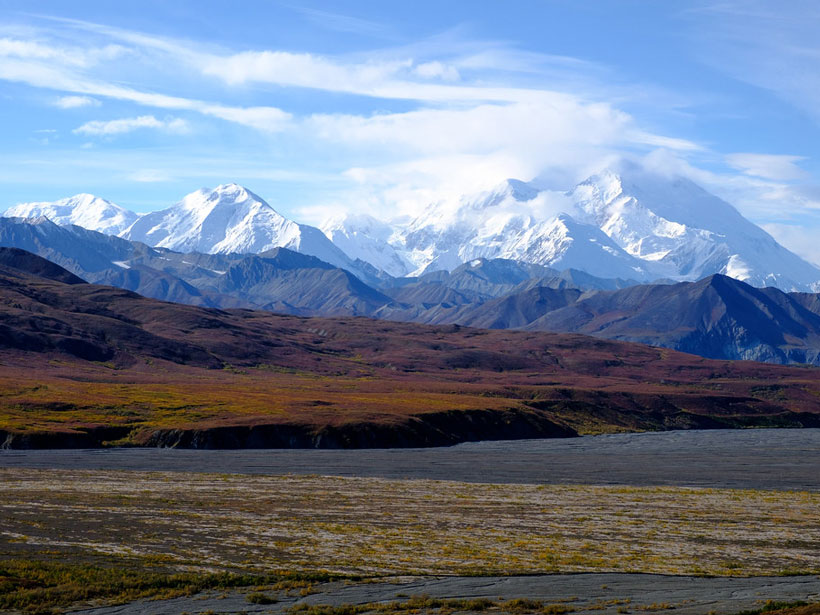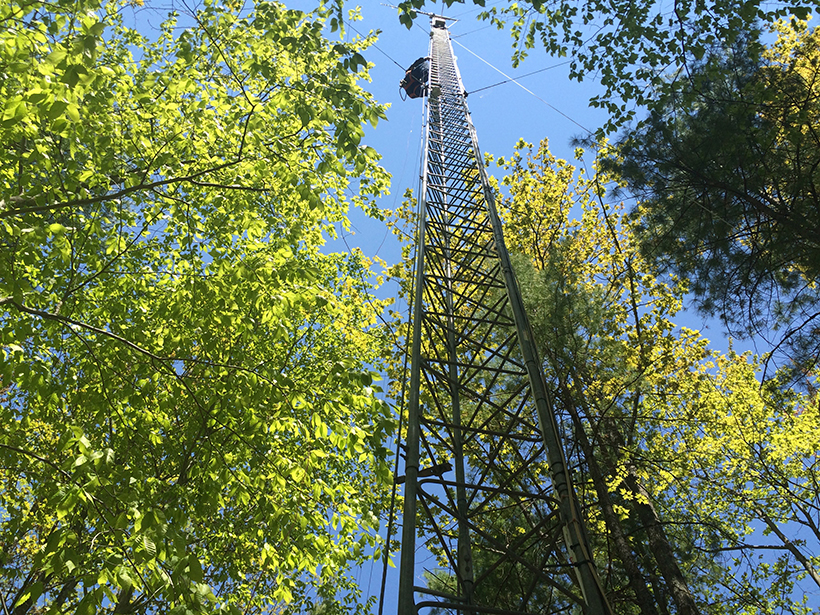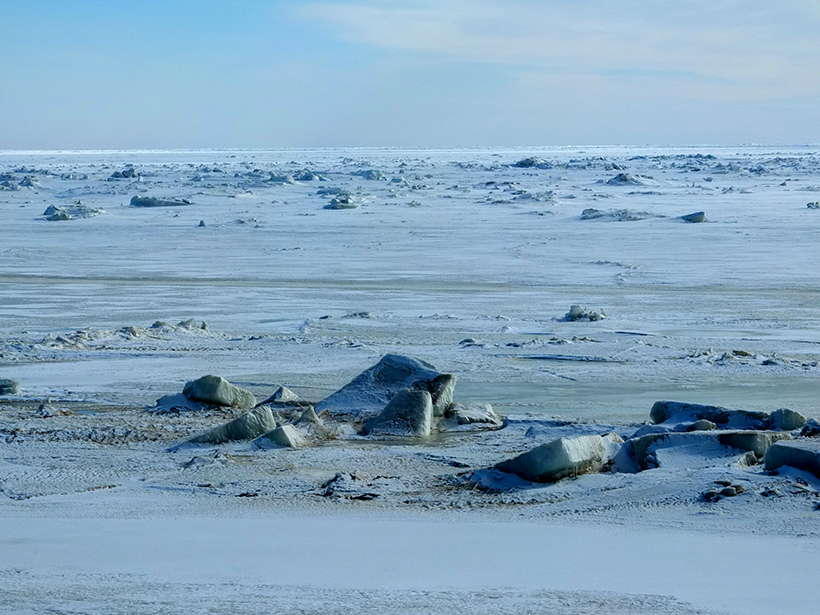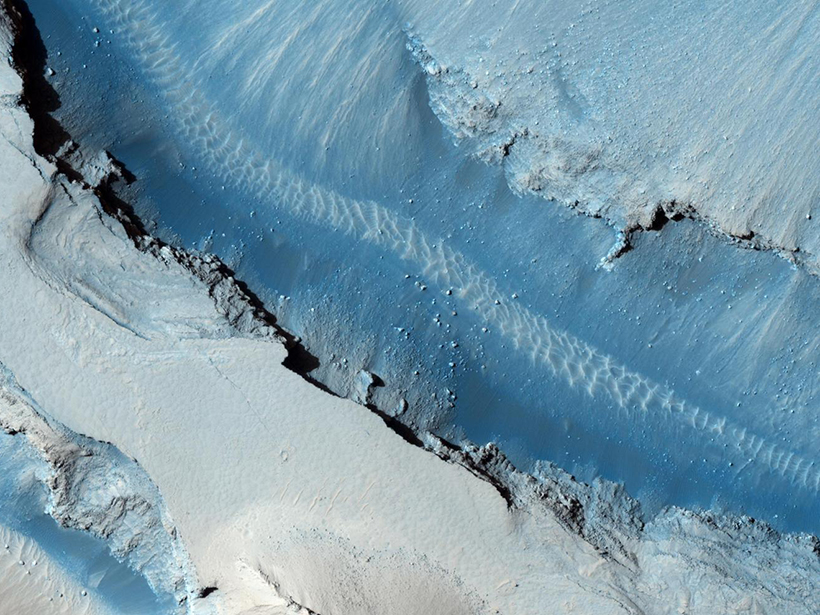New tools to model and visualize subduction zones in 3-D are providing researchers with insights into the gaps inherent in the theory of plate tectonics.
Kate Wheeling
Kate Wheeling is a freelance journalist based in Santa Barbara, Calif. She writes about the environment, climate change, energy, and our relationship with the natural world. She was previously a staff writer at Pacific Standard, covering both environmental and criminal justice. Her work has also appeared in Outside, The New Republic, Medium, and elsewhere. She has a master’s degree in science journalism and a bachelor’s in behavioral neuroscience.
How Forest Structure Influences the Water Cycle
New research looks at how changes in the arrangement of trees and canopy thickness influence the transport of water from the land surface to the atmosphere.
Deforestation Could Exacerbate Drought in the Amazon
Researchers use high-resolution satellite images to parse the effects of land use changes on the energy balance between the rain forest and the atmosphere.
As Arctic Sea Ice Disappears, What Happens to Ecosystems?
The northern Bering Sea is experiencing record-setting low winter sea ice levels, which are impacting plankton, fish, and other animals in the region.
Diverting the Mississippi River May Not Save Louisiana’s Coast
New research finds that man-made river diversions have previously led to land losses.
A New Proxy for Past Precipitation
Researchers used luminescence signals from marine sediment cores to bolster estimates of precipitation levels on land over the past 30,000 years.
Searching for Signs of Marsquakes
Researchers use high-resolution images of Mars’s surface to look for signals of coseismic displacement.
The Oxygen Neutral Cloud Surrounding Jupiter’s Volcanic Moon
Japan’s Hisaki satellite takes measurements of faint oxygen emissions from Io.
A Complete Picture of Southern Ocean Surface Circulation
For the first time, researchers combine estimates of sea surface height and circulation patterns in both ice-covered and ice-free regions of the Southern Ocean.
What Causes Flash Floods in the Middle East?
Researchers zero in on the large-scale meteorological processes driving extreme precipitation events in the hot, arid desert region.










